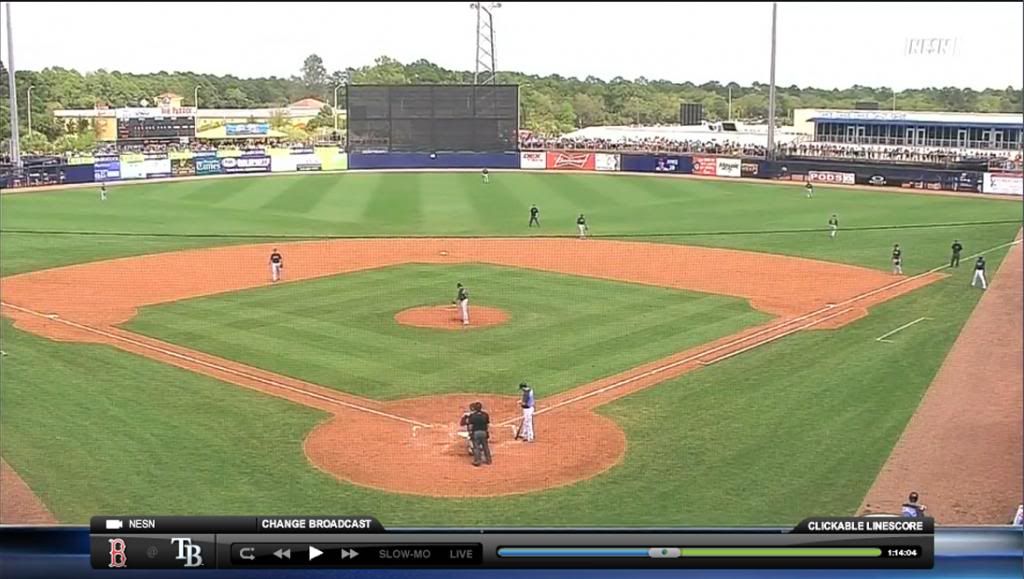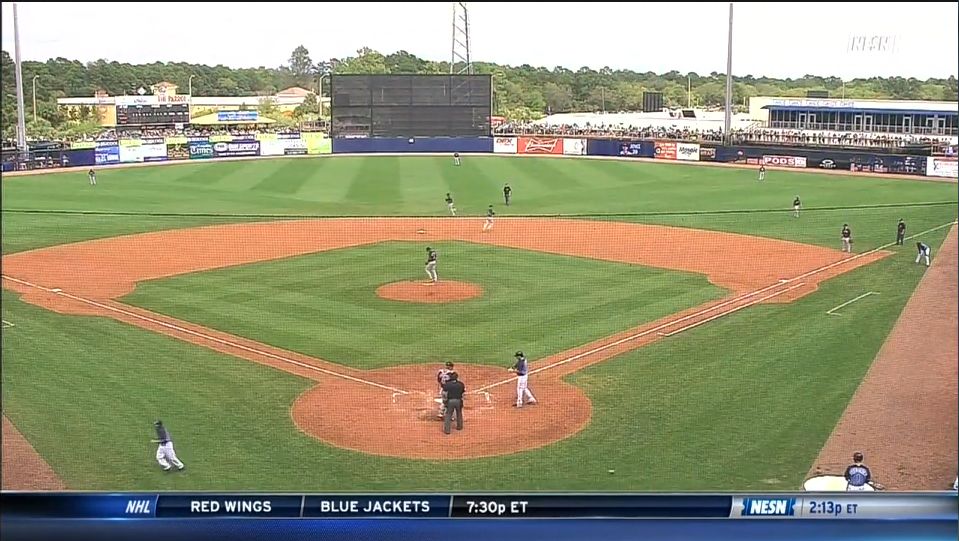There's been lots of back and forth, as we all know, about the meaning and significance of the new analytics movement in baseball. Also, there's been much made about whether or not it detracts from the purity and enjoyment of the game.
For some, the analytics alienate the fans from the game because we don't know on what basis decisions are made, such as why one player is preferred for the roster over another, or why one is played in one spot versus another. Also, some argue that it alters the play in ways that move us away from the real game where great players just see who can outplay whom and make it more about stat geeks finding tricks--so it's like the game is taken off of the field.
In my view, though, this understanding misses the newer developments in analytics that point us back towards actual play that requires good old fashioned scouting and coaching.
Maybe the first or second wave of analytics was about assessing players in ways that aggregated results and made baseball an abstraction. The new wave coming through, though, is taking high end information and giving it back to players and coaches to make the players better at baseball. In other words, many of the new analyticsare moving the focus back on a deeper thinking of the mechanics of physical play and how to play the game right.
The Red Sox, of course, are among the league leaders in using advanced analytics. Therefore, I thought it would be fun and educational to start a thread where we could collect insights (references to which are showing up more and more in articles and columns) into how baseball teams and the Red Sox especially are using analytics to inform not only their personnel but their day to day play to help us watch what they're doing.
For some, the analytics alienate the fans from the game because we don't know on what basis decisions are made, such as why one player is preferred for the roster over another, or why one is played in one spot versus another. Also, some argue that it alters the play in ways that move us away from the real game where great players just see who can outplay whom and make it more about stat geeks finding tricks--so it's like the game is taken off of the field.
In my view, though, this understanding misses the newer developments in analytics that point us back towards actual play that requires good old fashioned scouting and coaching.
Maybe the first or second wave of analytics was about assessing players in ways that aggregated results and made baseball an abstraction. The new wave coming through, though, is taking high end information and giving it back to players and coaches to make the players better at baseball. In other words, many of the new analyticsare moving the focus back on a deeper thinking of the mechanics of physical play and how to play the game right.
The Red Sox, of course, are among the league leaders in using advanced analytics. Therefore, I thought it would be fun and educational to start a thread where we could collect insights (references to which are showing up more and more in articles and columns) into how baseball teams and the Red Sox especially are using analytics to inform not only their personnel but their day to day play to help us watch what they're doing.





